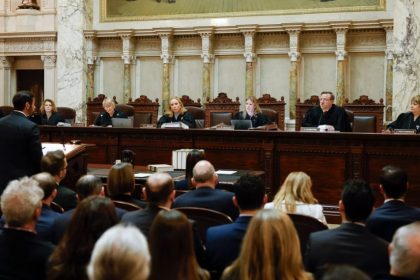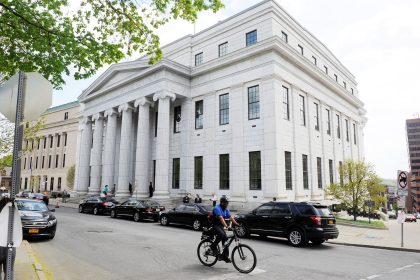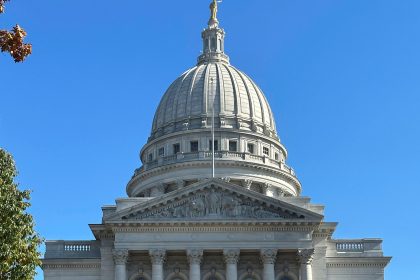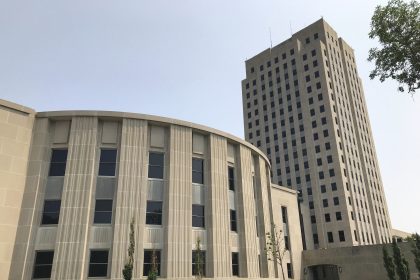Court Scraps Congressional District Map in Alabama
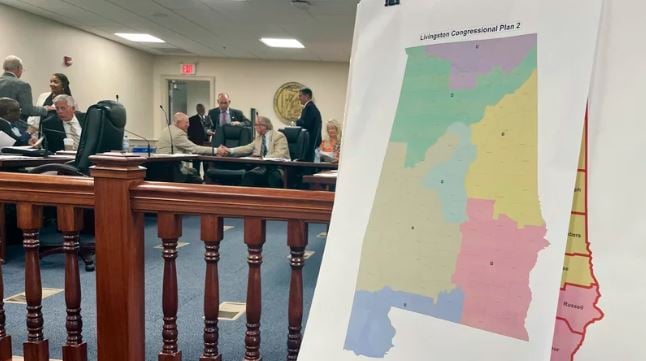
BIRMINGHAM, Ala. — A new congressional district map drawn by state lawmakers in Alabama failed to address concerns that it dilutes the electoral power of Black voters in the state, a federal judicial panel has ruled.
As a result of the decision in the Northern District of Alabama, a court-appointed special master will have about two-and-a-half weeks to come up with three proposals for rectifying the problem.
Blacks make up more than 25% of the population in Alabama, yet the state has only one congressional district in which they have a chance of electing a Black candidate or a Democrat.
The remaining six congressional districts in the state are predominately White and tend to favor Republican candidates.
In June, Alabama lost Allen v. Milligan, a closely watched redistricting case in the U.S. Supreme Court, after a majority of justices upheld a lower court ruling that the congressional map the state used in last year’s midterm elections likely violated the federal Voting Rights Act by diluting the power of Black voters.
“As the Legislature considers such plans, it should be mindful of the practical reality, based on the ample evidence of intensely racially polarized voting adduced during the preliminary injunction proceedings, that any remedial plan will need to include two districts in which Black voters either comprise a voting-age majority or something quite close to it,” the court majority said.
In response to the Supreme Court ruling, state lawmakers adopted a second map that continued to have one district in which the majority of voting-age residents are Black, but added another in which Blacks made up roughly 40% of the voting-age population.
On Tuesday, a federal court panel in Birmingham ruled the new map simply didn’t go far enough to ensure Black voters in the second district had a “fair and reasonable opportunity to elect candidates of their choice.”
They also rebuked the state for submitting a new map to the court that it “readily” admitted didn’t provide the remedy the Supreme Court required.
“We are three years into a 10-year redistricting cycle, and the Legislature has had ample opportunity to draw a lawful map,” the panel said, adding, “Based on the evidence before us, including testimony from the legislators, we have no reason to believe that allowing the Legislature still another opportunity to draw yet another map will yield a map that includes an additional opportunity district.”
Among those who cheered Tuesday’s ruling was Rep. Terri A. Sewell, D-Ala., who is currently the state’s only Black representative in Congress.
“The court has rejected the state Legislature’s latest attempt to dilute the voices and voting power of African Americans all across our state,” Sewell said in a written statement.
“While we were outraged by the Alabama state Legislature’s open defiance of the Supreme Court’s original order to create two majority-minority districts, I am nonetheless grateful that a federal court has now intervened to protect the voices of Alabama’s Black voters,” she added.
Former U.S. Attorney General Eric Holder Jr., who is now chairman of the National Democratic Redistricting Committee, also responded to the panel’s decision, calling it “a significant step toward equal representation for Black Alabamians.”
“The court rightly stepped up and applied the law in order to protect the rights of American citizens in the face of the state’s blatant attempt to diminish those rights in defiance of both this court and the Supreme Court of the United States,” Holder continued. “What happened in Alabama this summer underscores the necessity for the judiciary to continue to be unwavering in its obligations to enforce the critical protections of the Voting Rights Act in order for justice to ultimately prevail. Other states with pending Section 2 cases should take note and adhere to the Supreme Court’s decision.”
Dan can be reached at [email protected] and @DanMcCue



















